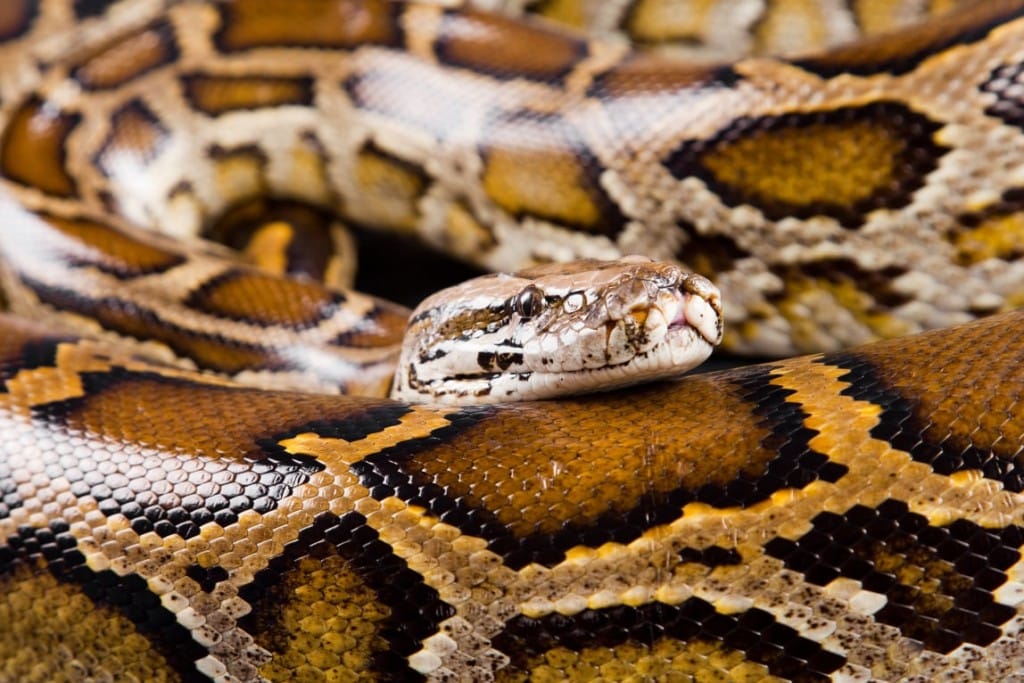Researchers Bruce C. Jayne, Ian C. Easterling and Ian A. Bartoszek published a study in the journal reptiles & Amphibians that measured the gape of these large constricting snakes.
Researchers with the University of Cincinnati Department of Biological Sciences and the Conservancy of Southwest Florida have been studying the invasive Burmese python in Florida’s Everglades National Park and the impact this species has had on the park. Since 2012, the Conservancy’s Burmese Python Research and Removal team has removed 770 of the large constricting snakes in southwestern Florida. The weight of these snakes in total was more than 36,000 pounds.
Researchers Bruce C. Jayne, Ian C. Easterling and Ian A. Bartoszek published a study in the journal reptiles & Amphibians that measured the gape of these large constricting snakes, and found that the gape size of the three largest Burmese pylons removed from South Florida had gape sizes of 26 cm. This exceeded the previously reported gape size of 22 cm. They noted that the smallest specimen in the study ate a 35 kg deer using 93 percent of its maximal gape area.
The researchers also happened upon and recorded one of the invasive constricting snakes attempting to consume what later was determined to be a 77 pound white-tailed deer. The study was published in August 2024. The video was released October 24, 2024 showing the python attempting to consume the deer, which the scientists determined was 66.9 percent of the snake’s body mass.
5 Facts About the Burmese Python
Cottonmouth Snakes Are Eating Burmese Pythons In Florida Everglades
The complete research paper can be read no the Reptiles & Amphibians journal.
While the Burmese python is considered an invasive species in the state of Florida, in its native Southeast Asian range, the large constrictor is listed as Vulnerable by the IUCN. In its natural habitat, the snake can be found in eastern India, Nepal, Western Bhutan, Bangladesh, Myanmar, Thailand, Laos, Cambodia, Vietnam Malaysia souther China, Hong Kong, and Indonesia. It inhabits marshes, swamps, foothills, woodlands, jungles, and grasslands. In the United States, the snake is confined to southern Florida in the Florida Everglades, though one was found in northern Florida as well as the Florida panhandle’s coastal areas. It has not been found outside the state of Florida.



